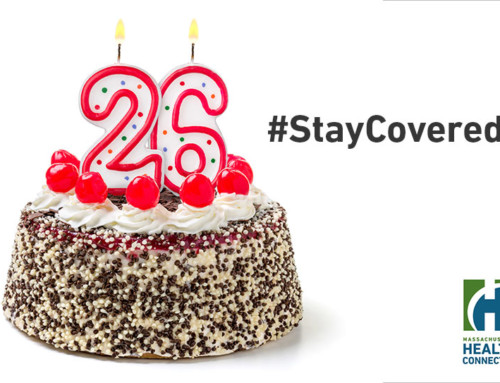We understand that recent national news about the elimination of federal Cost-Sharing Reduction payments—or CSRs—may be confusing for members. To help members understand who may be impacted and what they should do, we have provided this guide to help you understand if you are impacted and what to do.
What are Cost-Sharing Reduction payments?
Cost-Sharing Reduction payments—or CSRs—are made by the federal government directly to health insurance carriers to help lower the cost of certain Silver tier plans for lower-income consumers. This discount helps lower the amount have to pay for deductibles, co-payments, and co-insurance, making Silver tier health plans more affordable for families who household income is 100% to 250% the federal poverty level. (This is an income range of about $24,600 to $61,500 per year for a family of four.)
Are CSRs the same as Advance Premium Tax Credits?
No. The Advance Premium Tax credit, or APTC, is a separate subsidy eligible members receive to help make insurance more affordable. APTC is a federal tax credit that—unlike tax credits you claim when you file your taxes—can be used right away to lower your monthly premium costs. This tax credit is not impacted by the recent Executive Order to end Cost-Sharing Reduction payments and will still be available for families who qualify.
So, what does it mean for me now that Cost-Sharing Reduction payments are no longer available?
To protect coverage for most members for 2018, the Health Connector has allowed for higher premium rates for certain Silver plans in order to bring in additional Advance Premium Tax Credit to offset the loss of Cost-Sharing Reduction payments.
If you are currently enrolled, and experience no life changes, there will be no changes in your insurance premium and out-of-pocket costs for the rest of 2017.
Why will some households get more Advance Premium Tax Credits?
This has to do with how tax credits are calculated. The amount eligible members received is based on their income, family size, and the cost of the second-lowest cost Silver plan available to them. If the cost of that second-lowest cost Silver plan increase, so will the tax credit amount.
What do I need to do?
During Open Enrollment (November 1, 2017 through January 23, 2018), you will have a few options:
For members receiving ConnectorCare or an Advance Premium Tax Credit
- Your 2018 tax credit may also increase so your final monthly premium payment may be similar to the amount you are paying now. However, you may be able to shop and compare plans if you wish to change your plan.
For members not receiving financial help
- If you have not updated your application recently, check to see if you are eligible for financial help even if you have not been eligible in the past.
- Shop and compare other plans through the Health Connector. For example, if you are renewing into a Silver plan whose premium is much higher in 2018, you can shop for a SIlver plan in a different insurance company not impacted by CSR surcharge. You can shop for a plan in a different metallic tier, such as Gold or Bronze. Or, you can shop directly through an insurance company. More info
- If you are not sure what steps to take or need help, you can contact a Navigator in your area or call Customer Service.
Resources
Videos
METALLIC TIERS
EXPLAINER VIDEO
Health insurance plans are sold in four levels of coverage: Bronze, Silver, Gold, and Platinum. As the metal category increases in value, so does the percentage of medical expenses that a health insurance plan covers compared with what you are expected to pay in co-pays and deductibles.
ADVANCE PREMIUM TAX CREDIT
EXPLAINER VIDEO
A tax credit that can help you afford coverage bought through the Health Connector Marketplace. Sometimes known as APTC, “advance payments of the premium tax credit,” or premium tax credit. Unlike tax credits you claim when you file your taxes, these tax credits can be used right away to lower your monthly premium costs.
Guides
 Guide to Subsidies
Guide to Subsidies
Can you get help paying for health insurance through the Health Connector? Download the guide to find out more.
 ConnnectorCare Shopping Guide
ConnnectorCare Shopping Guide
Follow the steps in this guide to help you choose a ConnectorCare health insurance plan through the Massachusetts Health Connector.
 Health Connector Plan Shopping Guide
Health Connector Plan Shopping Guide
Follow the steps in this guide to help you choose a health insurance plan through the Massachusetts Health Connector.










